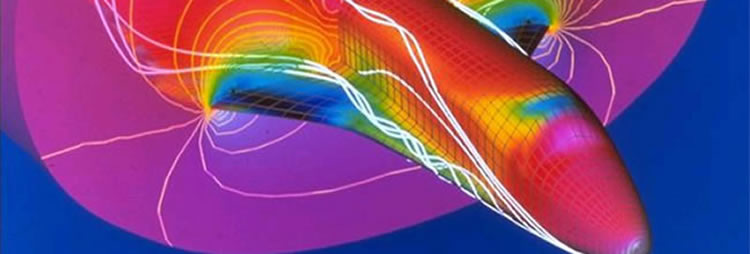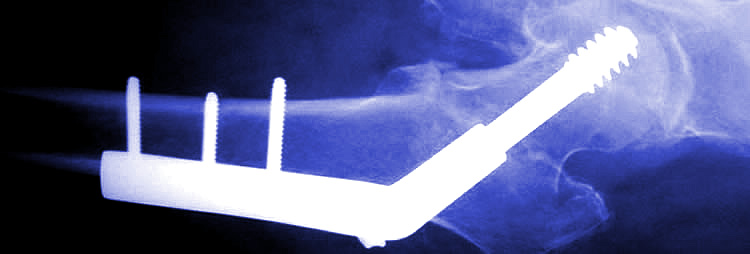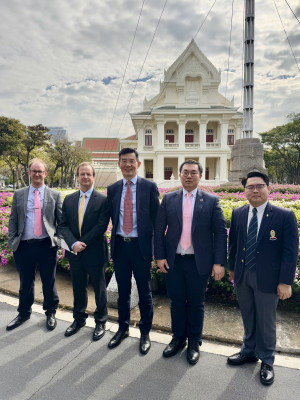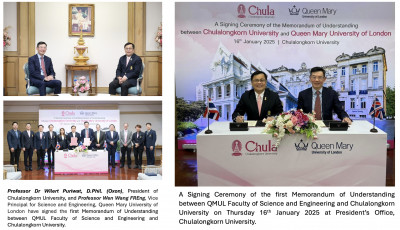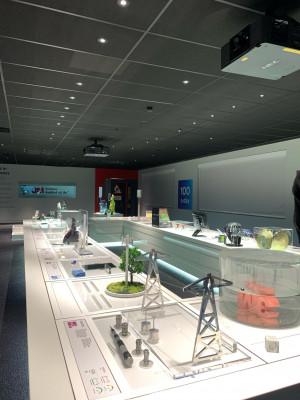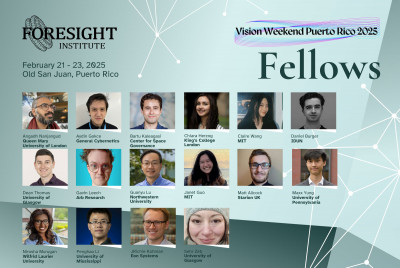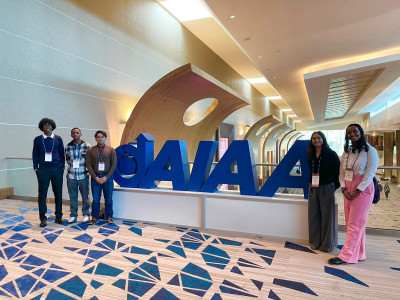Welcome to the School of Engineering and Materials Science
The School of Engineering and Materials Science was formed from Queen Mary's Department of Engineering and Department of Materials and provides outstanding degree programmes coupled with internationally leading research which is reflected in all our undergraduate programmes. Our taught postgraduate programmes are similarly first class and provide students with a fantastic opportunity to engage with cutting-edge research in: Bioengineering, Intelligent Transport, Sustainable Engineering and Engineering and Materials Education. The skills developed by our students and our extensive industrial connections provide graduates with excellent employability in stimulating and well-paid careers.
Latest News
Events and Seminars
 Thu 6 Feb 2025 Thu 6 Feb 202515:00 - 16:00 | SEMS Seminar: Harnessing Non-Smooth Dynamics for Self-Propelled Gastrointestinal Endoscopies with Vibro-Impact Capsules - Professor Yang Liu from the University of Exeter  |
 Tue 11 Feb 2025 Tue 11 Feb 202508:15 - 15:30 | Hidden Pollution Workshop |
 Wed 19 Feb 2025 Wed 19 Feb 202515:00 - 16:00 | SEMS seminars: Prof Guillaume Charras, UCL |
 Wed 5 Mar 2025 Wed 5 Mar 202515:00 - 16:00 | SEMS Seminar Series: Prof Weisi Guo, Cranfield University |
 Wed 2 Apr 2025 Wed 2 Apr 202515:00 - 16:00 | Queen Mary Bioengineering Seminar Series - Dr. Alberto Elosegui-Artola, The Francis Crick Institute |
Recent publications
- Fazio V, Florio G, Pugno NM and Puglisi G (2025). Modeling spider silk supercontraction as a hydration-driven solid–solid phase transition. Elsevier Journal of The Mechanics and Physics of Solids vol. 195
01-02-2025 - Aliyu AAA, Puncreobutr C, Shinjo J, Kuimalee S, Phetrattanarangsi T, Boonchuduang T, Taweekitikul P, Panwisawas C, Wanming L, Poungsiri K and Lohwongwatana B (2025). Lack of fusion-induced cracking effect on tensile and fatigue behaviours of laser powder-bed fusion-processed Ti-6Al-4V implant. Elsevier Engineering Failure Analysis vol. 168
01-02-2025 - Mondal NA, Karimi N, Jackson SD and Paul MC (2025). A platinum-coated staggered reactor to intensify lean hydrogen/air combustion: A large eddy simulation study. Elsevier Fuel vol. 381
01-02-2025


